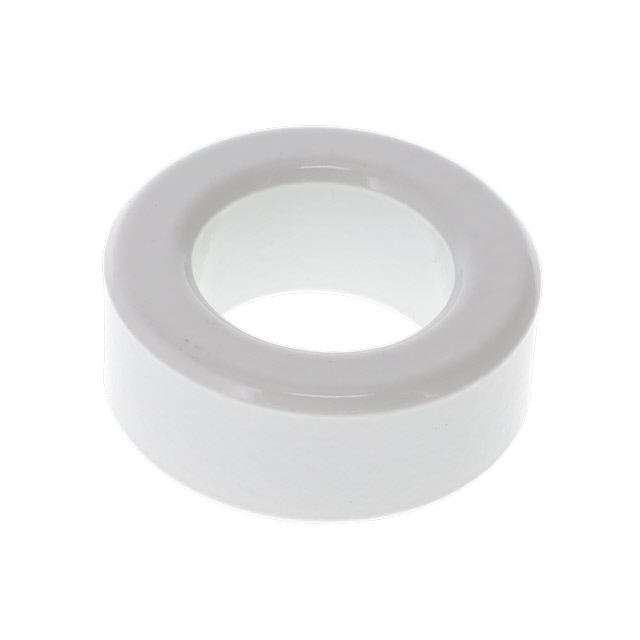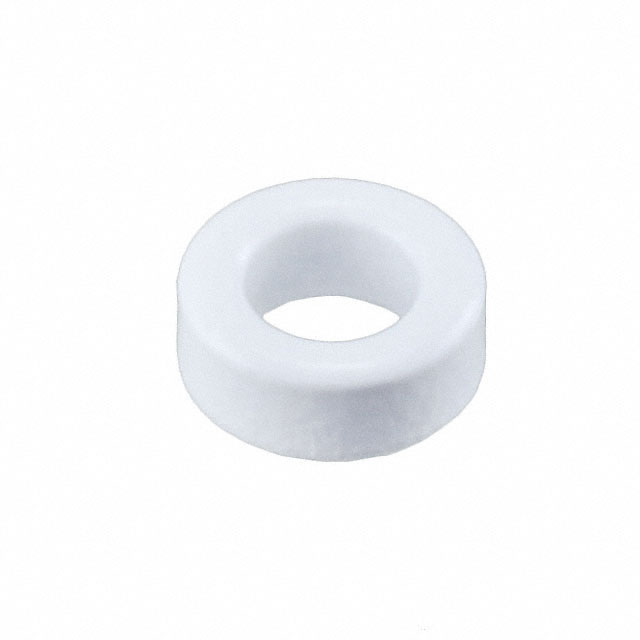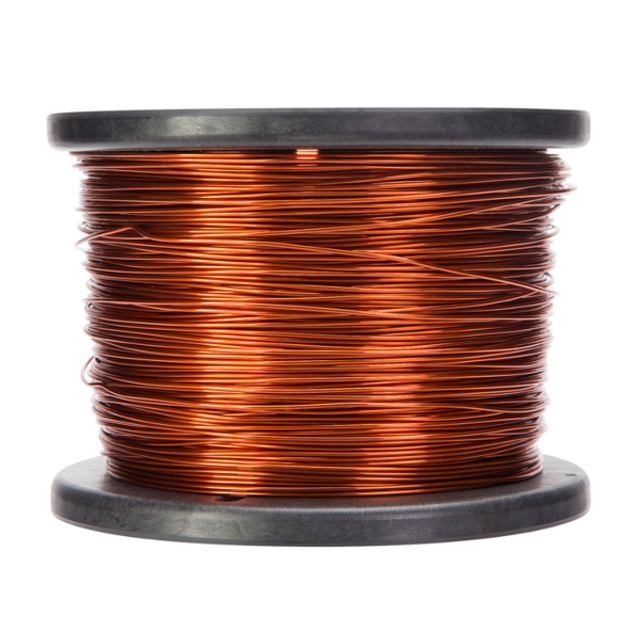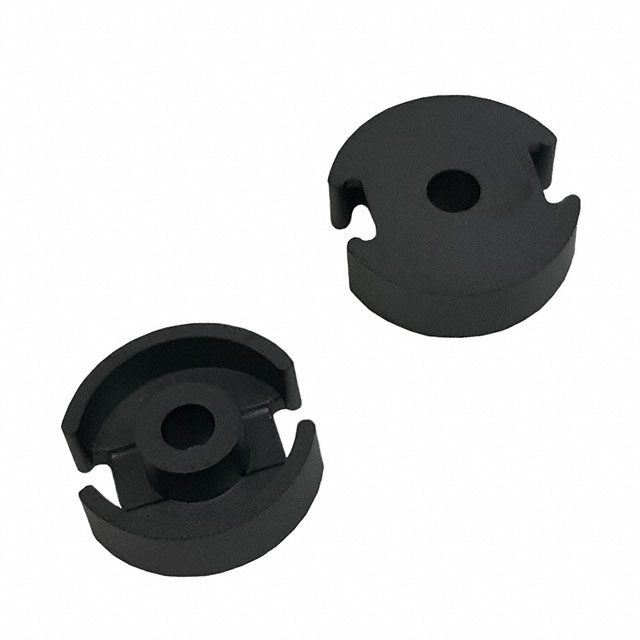

- RFQ
- BOM
-
Contact Us
Tel: +86-0755-83501315
Email: sales@sic-components.com
- Chinese
- English
- French
- German
- Portuguese
- Spanish
- Russian
- Japanese
- Korean
- Arabic
- Irish
- Greek
- Turkish
- Italian
- Danish
- Romanian
- Indonesian
- Czech
- Afrikaans
- Swedish
- Polish
- Basque
- Catalan
- Esperanto
- Hindi
- Lao
- Albanian
- Amharic
- Armenian
- Azerbaijani
- Belarusian
- Bengali
- Bosnian
- Bulgarian
- Cebuano
- Chichewa
- Corsican
- Croatian
- Dutch
- Estonian
- Filipino
- Finnish
- Frisian
- Galician
- Georgian
- Gujarati
- Haitian
- Hausa
- Hawaiian
- Hebrew
- Hmong
- Hungarian
- Icelandic
- Igbo
- Javanese
- Kannada
- Kazakh
- Khmer
- Kurdish
- Kyrgyz
- Latin
- Latvian
- Lithuanian
- Luxembou..
- Macedonian
- Malagasy
- Malay
- Malayalam
- Maltese
- Maori
- Marathi
- Mongolian
- Burmese
- Nepali
- Norwegian
- Pashto
- Persian
- Punjabi
- Serbian
- Sesotho
- Sinhala
- Slovak
- Slovenian
- Somali
- Samoan
- Scots Gaelic
- Shona
- Sindhi
- Sundanese
- Swahili
- Tajik
- Tamil
- Telugu
- Thai
- Ukrainian
- Urdu
- Uzbek
- Vietnamese
- Welsh
- Xhosa
- Yiddish
- Yoruba
- Zulu
- Kinyarwanda
- Tatar
- Oriya
- Turkmen
- Uyghur
electronic components application
Electronic components are the unsung heroes of the modern technological landscape. These tiny yet powerful building blocks are the foundation of every electronic device, system, and application, enabling a wide range of functions that have become integral to our daily lives, industries, and global infrastructure. From the smartphones in our pockets to the complex control systems in factories and the life - saving medical devices in hospitals, the applications of electronic components are vast, diverse, and ever - expanding. This article will explore the various sectors where electronic components play a crucial role, the specific components used, and the impact they have on our world.
Consumer Electronics
Smartphones
Smartphones are a prime example of the sophisticated integration of electronic components. At the heart of a smartphone is the system - on - a - chip (SoC), which combines multiple components such as the central processing unit (CPU), graphics processing unit (GPU), memory controllers, and communication modules onto a single chip. The CPU, often based on advanced ARM - based architectures, handles all the computational tasks, from running the operating system to executing apps. The GPU is responsible for rendering high - quality graphics, enabling smooth gaming experiences and vibrant video playback.
Memory components are also essential. Random - access memory (RAM) allows the phone to quickly access and process data, ensuring seamless multitasking. Flash memory, on the other hand, provides long - term storage for apps, photos, videos, and other user data. Sensors, such as accelerometers, gyroscopes, and proximity sensors, add functionality like motion detection, screen orientation adjustment, and automatic screen dimming when the phone is held to the ear.
Communication modules, including Wi - Fi, Bluetooth, and cellular modems, enable the smartphone to connect to the internet and other devices. For example, the cellular modem uses radio - frequency (RF) components to transmit and receive signals from cell towers, allowing for voice calls, text messaging, and data access. The display, which can be an LCD or OLED panel, is another crucial component that converts electrical signals into visual information, providing users with a user - friendly interface.
Laptops and Desktops
In laptops and desktops, similar components are used but often in more powerful configurations. High - performance CPUs, such as those from Intel's Core series or AMD's Ryzen series, are designed to handle complex tasks like video editing, 3D rendering, and software development. Dedicated graphics cards, especially in gaming laptops and desktops, offer enhanced graphics processing capabilities, enabling realistic gaming visuals and smooth video playback at high resolutions.
Hard disk drives (HDDs) and solid - state drives (SSDs) are used for data storage. HDDs provide large storage capacities at a relatively lower cost, while SSDs offer faster data access speeds, improved durability, and lower power consumption. Motherboards act as the central hub that connects all the components together, providing electrical connections and communication pathways. Input devices like keyboards and mice, and output devices such as monitors and printers, are also essential components that interact with the user and the system.
Industrial Applications
Automation
Automation systems in industries rely on a variety of electronic components to monitor and control production processes. Programmable logic controllers (PLCs) are the brain of many automation systems. They are rugged computers that can be programmed to perform specific tasks based on input signals from sensors. Sensors, such as temperature sensors, pressure sensors, and level sensors, are used to collect data about the production environment. For example, a temperature sensor in a chemical plant can continuously monitor the temperature of a reaction vessel and send the data to the PLC.
Actuators, which can be electric motors, pneumatic cylinders, or hydraulic valves, are used to carry out actions based on the commands from the PLC. For instance, an electric motor can be used to control the speed of a conveyor belt, while a pneumatic cylinder can be used to open and close a valve. Human - machine interfaces (HMIs) are also crucial components that allow operators to interact with the automation system, monitor its status, and input commands.
Robotics
Robots in industrial settings are equipped with advanced electronic components to perform complex tasks. Motion controllers are used to precisely control the movement of the robot's joints. These controllers receive commands from a central computer and convert them into electrical signals that drive the motors in the joints. Encoders, which are attached to the motors, provide feedback on the position and speed of the joints, allowing for accurate control and positioning.
Vision systems, consisting of cameras and image - processing components, enable robots to "see" and identify objects. This is particularly useful in tasks such as pick - and - place operations, where the robot needs to locate and grasp objects accurately. Force sensors can be used to measure the force applied by the robot's gripper, ensuring that delicate objects are not damaged during handling.
Medical Devices and Healthcare
Diagnostic Equipment
Medical diagnostic equipment, such as electrocardiograms (ECGs), blood pressure monitors, and diagnostic imaging machines, rely on electronic components for accurate data collection and analysis. In an ECG machine, electrodes are used to detect the electrical signals generated by the heart. These signals are then amplified and processed by electronic circuits, which convert them into a visual representation on a display.
In diagnostic imaging, X - ray machines use X - ray tubes, which are electronic devices that generate X - rays. The X - rays pass through the body and are detected by sensors on the other side. The data collected by the sensors is then processed by a computer to create detailed images of the internal structures of the body. Magnetic resonance imaging (MRI) machines use powerful magnets and radio - frequency coils to generate and detect magnetic fields. The signals detected by the coils are processed by complex electronic systems to create high - resolution images of the body's tissues.
Therapeutic Devices
Therapeutic devices like insulin pumps and pacemakers also incorporate electronic components. Insulin pumps are used to deliver insulin to diabetic patients in a controlled manner. They contain a small reservoir for insulin, a pump mechanism, and a control system. The control system, which is based on microcontrollers, can be programmed to deliver insulin at different rates depending on the patient's needs.
Pacemakers are implanted in patients with heart rhythm disorders. They consist of a pulse generator, which contains a battery and electronic circuits, and electrodes that are connected to the heart. The electronic circuits in the pulse generator monitor the heart's rhythm and generate electrical impulses when necessary to regulate the heart's beat.
Telemedicine and Wearable Health Devices
Telemedicine has been made possible by the integration of electronic components in communication devices and wearable health monitors. Wearable devices such as fitness trackers and smartwatches are equipped with sensors to monitor various health parameters, including heart rate, steps taken, sleep quality, and blood oxygen levels. These devices use wireless communication technologies, such as Bluetooth and Wi - Fi, to transmit the data to a smartphone or a cloud - based platform.
Doctors can then access this data remotely to monitor their patients' health and provide medical advice. In addition, telemedicine platforms use video conferencing technology, which relies on cameras, microphones, and speakers, as well as advanced signal - processing components, to enable virtual consultations between doctors and patients.
Transportation
Automotive Electronics
Modern vehicles are filled with a plethora of electronic components that enhance safety, performance, and comfort. Electronic control units (ECUs) are used to manage various systems in the vehicle, such as the engine control system, transmission control system, and anti - lock braking system (ABS). The engine control unit, for example, monitors various sensors, such as oxygen sensors, throttle position sensors, and coolant temperature sensors, and adjusts the engine's performance accordingly to optimize fuel efficiency and reduce emissions.
Infotainment systems in cars use components such as touchscreens, audio amplifiers, and media players to provide entertainment and information to passengers. Advanced driver - assistance systems (ADAS), which include features like lane - departure warning, adaptive cruise control, and automatic emergency braking, rely on sensors such as radar, lidar, and cameras. These sensors detect the vehicle's surroundings and send the data to the ADAS control unit, which then takes appropriate actions to prevent accidents.
Aerospace and Aviation
In the aerospace and aviation industry, electronic components are critical for flight control, navigation, and communication. Flight control systems use components such as flight control computers, actuators, and sensors to control the aircraft's flight surfaces, such as ailerons, elevators, and rudders. These systems ensure the stability and maneuverability of the aircraft during flight.
Navigation systems, such as global positioning systems (GPS), use satellite receivers and signal - processing components to determine the aircraft's position, speed, and direction. Communication systems, including radios and transponders, are used for communication between the aircraft and ground control, as well as for air - to - air communication. In addition, avionics systems, which include components such as displays, data recorders, and environmental control systems, are essential for the safe and efficient operation of the aircraft.
Challenges and Future Directions
Challenges
Despite the wide range of applications of electronic components, there are several challenges that need to be addressed. One of the major challenges is the issue of cybersecurity. As more and more devices become connected to the internet, the risk of cyberattacks increases. Electronic components in connected devices need to be designed with security in mind to prevent unauthorized access, data breaches, and malicious attacks.
Another challenge is the environmental impact of electronic components. The production, use, and disposal of electronic components generate a significant amount of waste, including hazardous materials. There is a growing need to develop more sustainable manufacturing processes, recycle electronic components effectively, and reduce the environmental footprint of the electronics industry.
Future Directions
The future of electronic components is filled with exciting possibilities. Miniaturization and integration will continue to be a major trend, leading to the development of smaller, more powerful, and more energy - efficient devices. The emergence of new technologies such as artificial intelligence, the Internet of Things (IoT), and 5G will drive the demand for advanced electronic components with enhanced capabilities.
For example, AI - enabled components will be able to perform complex tasks such as pattern recognition and decision - making directly on the device, reducing the need for cloud - based processing. The IoT will require a vast number of sensors and communication components to enable seamless connectivity between devices. 5G technology will demand high - speed, low - latency electronic components for data transmission and processing.
In addition, the development of new materials and manufacturing techniques will open up new opportunities for the design and performance of electronic components. Graphene, for instance, has the potential to revolutionize the electronics industry due to its excellent electrical, thermal, and mechanical properties.
Conclusion
Electronic components are an integral part of modern technology, powering a wide range of applications across various sectors. From consumer electronics to industrial automation, healthcare, and transportation, these components have transformed the way we live, work, and interact with the world. While there are challenges to overcome, the future of electronic components looks promising, with the potential for even more innovative and impactful applications as technology continues to evolve.
SIC Electronics is a worldwide distributor of electronic components with high quality control. Strict quality control, rapid response to customers’ needs and the provision of 100% high-quality products have always been the company’s service tenet.
In a bid to better serve global customers and provide them with more favourable and convenient delivery service, SIC Electronics has set up a great number of offices all over the world. Taking full advantage of various regions, the company responses to customers’ demands in time and brings them efficient and high-quality service, in the combination of its own inventory and market dynamics.
The products and industries currently involved in the company consist of military industry, automobile, medical treatment, consumer electronics, industrial control, Internet of things, new energy, communications, etc. We not only provide customers with products and service, but also offer them relevant peripheral cooperation. If you have products to sell or you are troubled with some product-related problems, please feel free to contact us. Moreover, we have our own warehouses, top-level quality control talents, senior purchasing staff, a great many of in-depth cooperation factories and contract partners of global trade logistics, and so on. We take pleasure in sharing our resources with customers, with an expectation to achieve win-win cooperation.
https://www.sic-components.com/integrated-circuits-ics

Hot Products
View MoreRelated Blogs

2000+
Daily average RFQ Volume

30,000,000
Standard Product Unit

2800+
Worldwide Manufacturers

15,000 m2
In-stock Warehouse




















 Wishlist (0 Items)
Wishlist (0 Items)